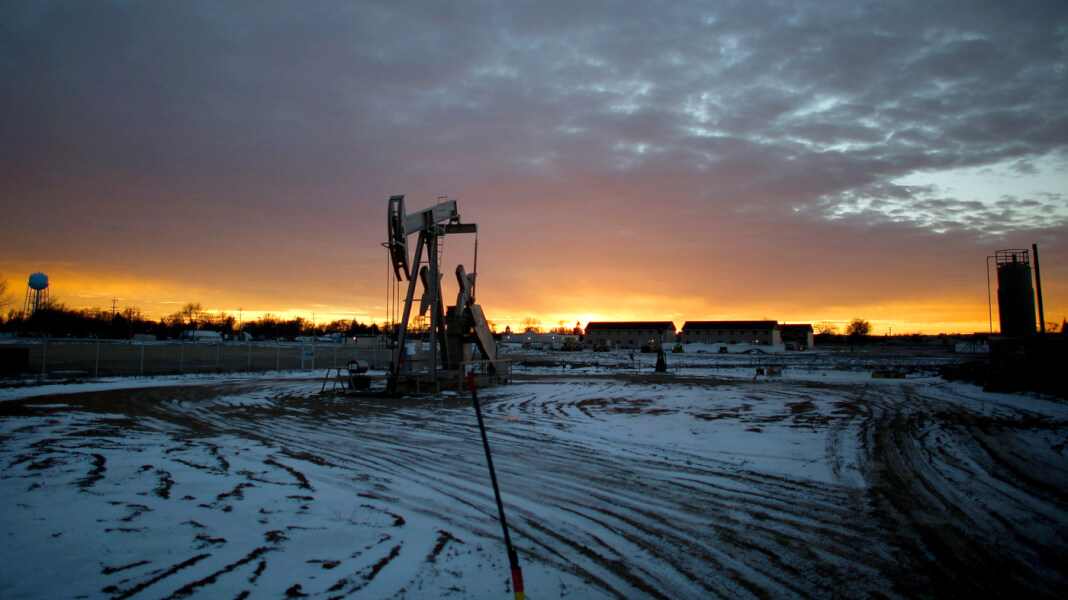
The US shale industry seems to be responding to the recent surge in crude prices. As per the latest data released by the US Energy Department monthly data, US production crossed 10 million barrels per day in November last year. This has raised production to all time high registered in 1970. The U.S. produced 10.038 million barrels a day in November 2017, whereas it was 10.044 million in November 1970.
Rising production data about US output partly depressed crude prices in major international markets. For Brent, crude was trading at around $68 on Wednesday.
Inventory build-up in the US has put downward pressure on the market that was on a rising mode over the last few weeks. The US Energy Information Administration reported a 6.8-million-barrel build in U.S. crude oil inventories for the week ending January 26.
As of now, the U.S. is the world’s third largest oil producer, and trends indicate that its production is growing. The leading producer is Russia with about 11 million barrels a day. The U.S. output is closer to that of Saudi Arabia, which has had production of 10.6 million barrels a day.
Saudi Arabia led OPEC and Russia are in a production restricting collusion that helped crude surging near to $70 from the $40-50 range.
The latest downward pressure on crude prices in the context of shale induced US output surges signals limitations of the OPEC-Russia collusion.
There are consistent trends for rising shale output from the US. New wells are mined under Trump, with a policy that aims to make crude as a powerful economic resource of the country.











